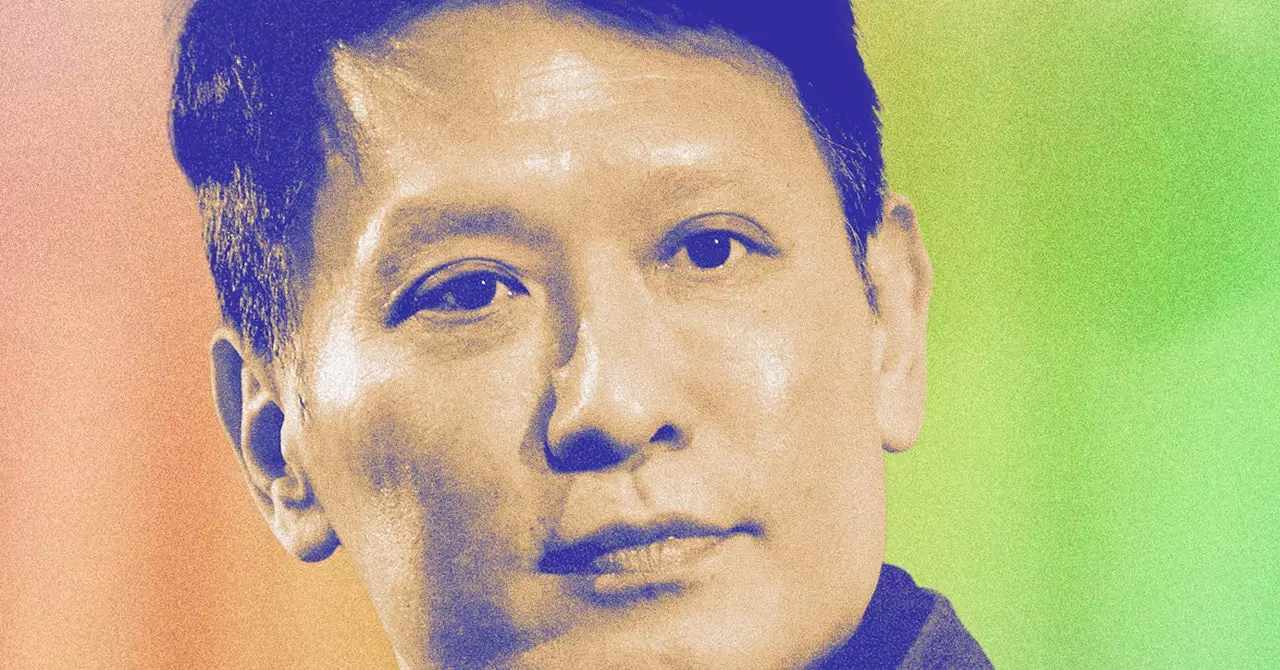The cryptocurrency landscape has undergone a tremendous evolution since Binance’s inception in 2017. Under the visionary leadership of its founder, Changpeng Zhao (CZ), Binance rapidly established itself as a dominant force in the digital asset exchange market. As Richard Teng steps into this pivotal role, heralding a new era for Binance, it is crucial to examine how this transition aligns with the evolving demands of regulatory frameworks and market expectations.
Richard Teng has taken the helm during a time of increased scrutiny and a maturing regulatory environment. CZ’s departure from day-to-day operations raises questions about the implications of his continued presence as the largest shareholder. Key among these is whether Teng can steer Binance towards a sustainable and compliant future while CZ’s legacy looms large. Teng emphasizes a clear vision: to build a best-in-class global platform. However, how effectively he can implement this vision within a corporate culture that has historically thrived on rapid growth and innovation remains to be seen.
Teng acknowledges the initial challenges that accompany his leadership transition. The regulatory landscape has transformed since Binance’s launch; there are now stricter compliance demands and a greater emphasis on corporate governance. As Teng delineates the distinction between the two eras, it becomes evident that the current paradigm requires adaptability and a fundamental shift in operational practices.
One of Teng’s notable approaches to steering Binance is his commitment to aligning the platform with regulatory expectations. The company’s past challenges, including legal issues that resulted in significant fines and reputational damage, necessitated a concerted effort to enhance compliance. Under Teng’s leadership, Binance has channeled substantial resources into developing a comprehensive compliance infrastructure. With twenty-one regulatory approvals across various jurisdictions, Binance now positions itself as the most regulated exchange worldwide.
This transformation extends beyond mere adherence to rules; it represents a fundamental change in Binance’s operational ethos. By focusing on regulatory compliance as a core tenet of the business model, Teng aims to cultivate trust among users and regulators alike. However, this will require sustained effort to navigate the inconsistencies and complexities that currently characterize the global regulatory landscape.
The new leadership also emphasizes a proactive stance in combatting illicit financial activities within the cryptocurrency space. Recognizing the challenges posed by bad actors, Teng has initiated a series of programs aimed at strengthening partnerships with law enforcement agencies. Roughly one hundred training sessions focused on investigation techniques illustrate Binance’s commitment to fostering a secure trading environment.
Blockchain technology, often critiqued for its anonymity, possesses inherent traceability features. Teng’s strategy involves harnessing this technology to deter and mitigate criminal behavior. By collaborating with global competitors and regulatory bodies, Binance aspires to establish a cooperative framework that not only serves its business interests but also enhances overall market integrity.
The settlement with the U.S. Department of Justice (DOJ) has introduced external oversight mechanisms that play a crucial role in ensuring compliance. With independent monitors from both the DOJ and the Financial Crimes Enforcement Network (FinCEN) tasked with reviewing Binance’s operations and compliance measures, the company is no longer solely self-regulated. This level of external scrutiny adds a layer of accountability that is vital for the platform’s credibility.
Teng emphasizes the value of these external lenses. By engaging with monitors, Binance is not only prepared to address potential blind spots but is also embracing a culture of continuous improvement. The insights derived from this collaboration are critical in adapting to evolving regulatory requirements, ultimately strengthening Binance’s position in the market.
Another significant aspect of Teng’s vision for Binance involves establishing a formal global headquarters, a move that reflects a shift in the company’s operational framework. Historically, Binance operated as a decentralized entity but has recognized the necessity of a physical presence amid growing regulatory scrutiny. This decision is multifaceted, involving considerations such as talent accessibility and the legal landscape of potential jurisdictions.
Throughout these deliberations, Binance signifies a willingness to confront the complexities of establishing a clear corporate identity in an industry often marred by uncertainty. Finding a balanced approach that aligns regulatory expectations with operational efficiency will be crucial in solidifying Binance’s future.
As Richard Teng embarks on this journey of transformation for Binance, the challenges are certainly formidable. However, the focus on compliance, collaboration, education, and organizational adaptation presents a path towards regeneration. By aligning the operations of Binance with the evolving regulatory framework, Teng aims to establish a platform that can navigate the complexities of the cryptocurrency market while forging a sustainable future for the company. The success of this ambitious undertaking will not only redefine Binance but also contribute to the broader narrative of responsible cryptocurrency trading and innovation.

